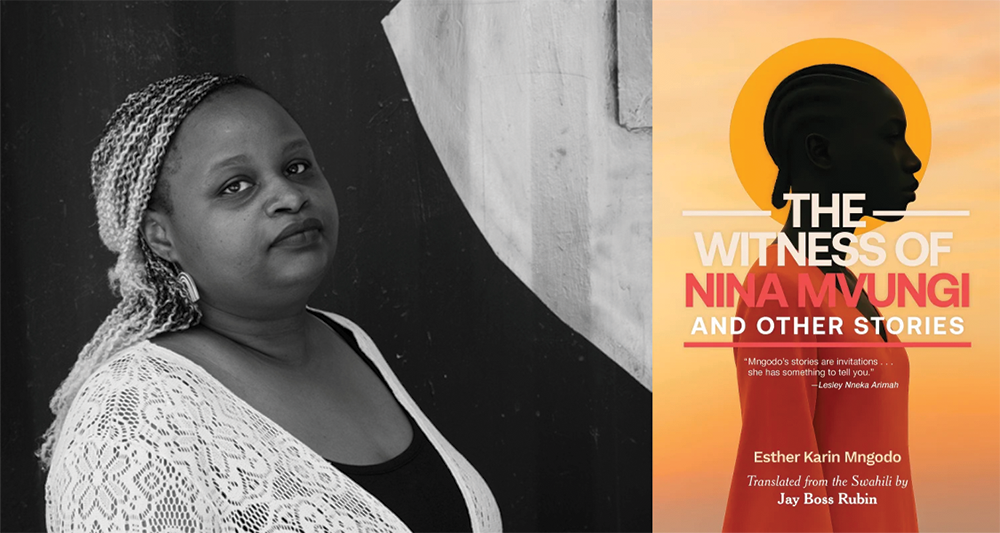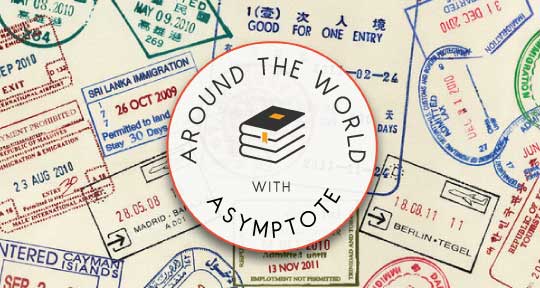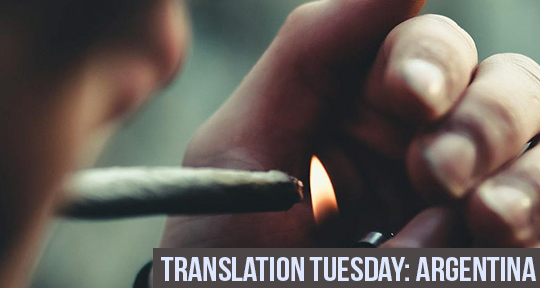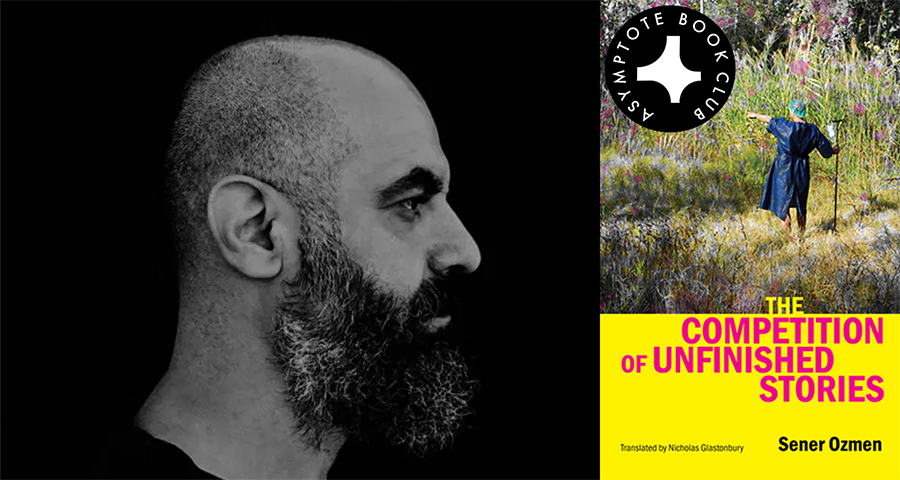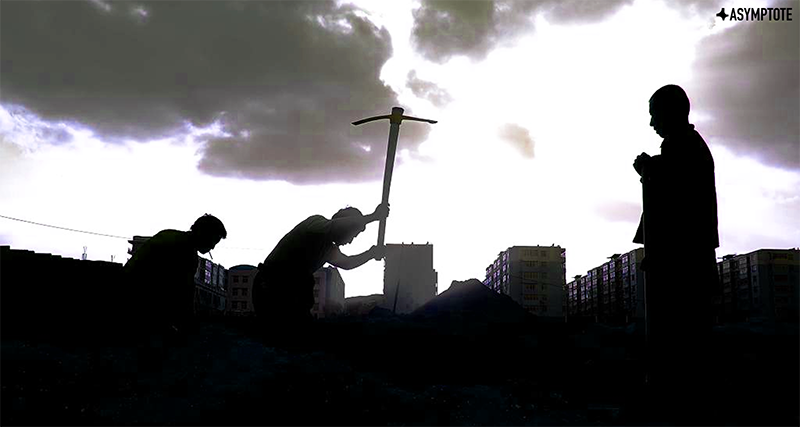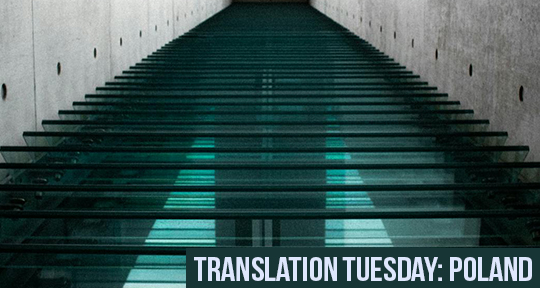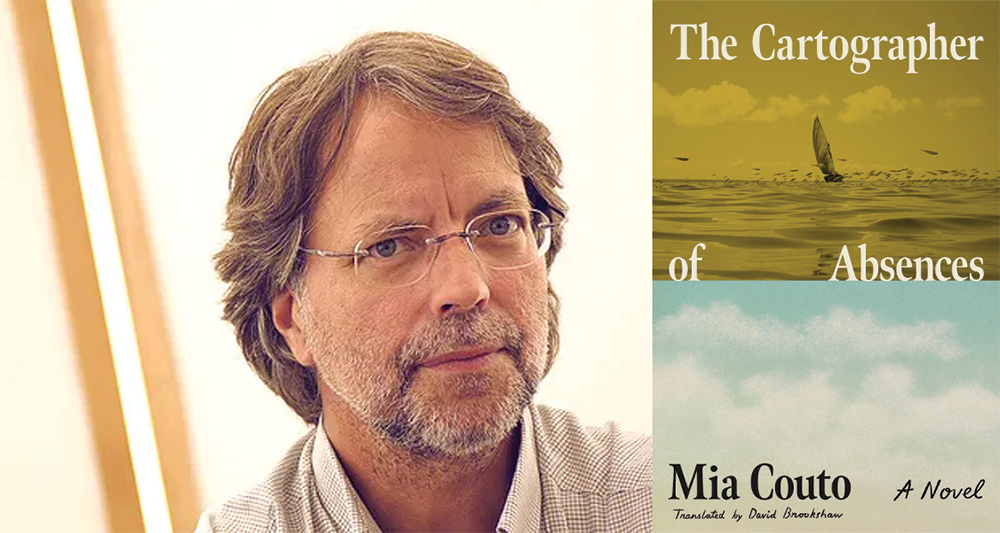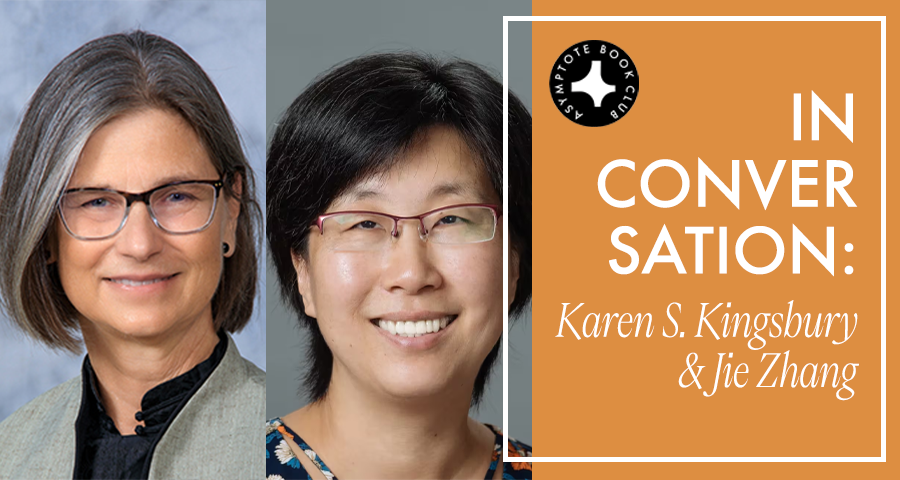The Witness of Nina Mvungi and Other Stories by Esther Karin Mngodo, translated from the Swahili by Jay Boss Rubin, Hanging Loose Press, 2025
Each story in Esther Karin Mngodo‘s short story collection, The Witness of Nina Mvungi and Other Stories, work together to compose an intricate web, with ongoing threads of entrancement cocooning readers from beginning to end. Beautifully translated from Swahili by Jay Boss Rubin, the prose grips and refuses to let go, revealing the rawest truths of the human condition.
The collection is a mixture of realism, Afrofuturism, and speculative fiction. In one of the stories, a woman and man are on a date at the theater, and one quickly realizes, in a meta turn, that the play they are watching is actually an apocalyptic story from earlier in the collection. In the middle of the play, a scream emblematizes the center of the interconnected narrative and terrifies the protagonist in the story: “I nearly went into shock. My whole body snapped to attention. I wrapped my arms around myself so I wouldn’t have to run away or hide under my seat.” Contained in this bloodcurdling scream are all the themes explored in The Witness of Nina Mvungi and Other Stories: betrayal, jealousy, negligence, violence, powerlessness, loss—feelings that so many of us suffer through alone and in silence.

